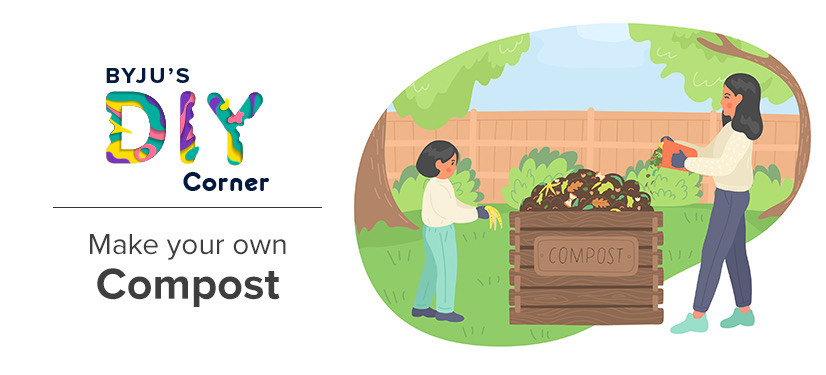
Do you know that you can be a superhero too! You can be a superhero who saves the planet from the monster named garbage. No seriously, according to a survey done in 2017, Urban India is the world’s 3rd largest garbage generator. So where does all this garbage go? Most of it is dumped into landfills. A landfill is a site assigned for the disposal of waste by the Central Public Health and Environmental Engineering Organization (CPHEEO) and the Central Pollution Control Board (CPCB). Nearly 20% of India’s methane gas (a greenhouse gas) emissions are from landfills. Not only does this garbage lead to global warming but it also reduces the quality of the air we breathe and the cleanliness of our surroundings.
But what can you do about this?
Well, you do have a superpower that can save us all. Each one of you has it. What is it, you ask? It’s ‘will power’! All you need to have is the willingness to take matters into your own hands and turn the situation around. Of all the garbage that gets generated in your house, every day you can turn at least 30% of it into a useful substance called compost.
What is compost and how is it useful?

Composting is the natural process of organic material breaking down/ decomposing into a soil that can be used in your garden as a nutrient-rich fertiliser. The decomposition happens due to tiny decomposers like bacteria, fungi and worms that turn dead plants into nutrient-rich soil.
Decomposers may seem a bit gross at first, but do understand that they have a very important job to do. These little tiny friends of ours are basically turning our garbage into something useful by eating it out. Isn’t that amazing?
Also, not only does compost improve the health of our plants significantly, but it also does the job of introducing these Microscopic organisms in the soil that ward off plant diseases.
Making compost is deceptively easy – all you have to do is let things rot for a while! But just like any other everyday phenomenon, it has science behind it, not necessarily complex but important to make good quality compost.
All compostable material is either carbon( usually brown in color) or nitrogen-based (usually green in color), varying in degrees. It is believed that a 4:1 ratio of brown to green is a good rule-of-thumb to make compost.
Here’s a brief summary of what to compost and what not to.

Now if you have found that superpower of willingness to perform this DIY, let’s get started on this really fun activity!
You’ll need:

credits: pbs
What to do:

credits:pbs

credits:pbs
This simple, albeit time-consuming DIY goes a great way in saving your landfills. If each one of us starts making compost, we could reduce the wet waste disposal by a great percentage overall. Not only will that help us fight global warming but also improve the health of the plants around us – who anyway are the saviours of this planet. To sum it up, in the words of commissioner James Gordon from the Batman series – “You’re going to make a difference. A lot of times it won’t be huge, it won’t be visible even. But it will matter just the same.”
Share your composting experience with us in the comment section!
Did you enjoy reading this? Read similar stories at The Learning Tree
Charu, a feminist and an accidental writer, is yet to master the art of writing about herself. Always curious to learn new stuff, she ends up spending a lot of time unlearning the incorrect lessons. She enjoys all sorts of stories – real, fictional, new, old, hers and would love hearing yours too. Feel free to ping her at storyweavers@byjus.com to share anything that you think is worth sharing.
Comments
Jayanthi
March 26, 2021
This compst I am do in our home so helpful Thank you byjus
Abhinav
February 18, 2021
I am try to make it and it is help me in growing plants this is so amazing??